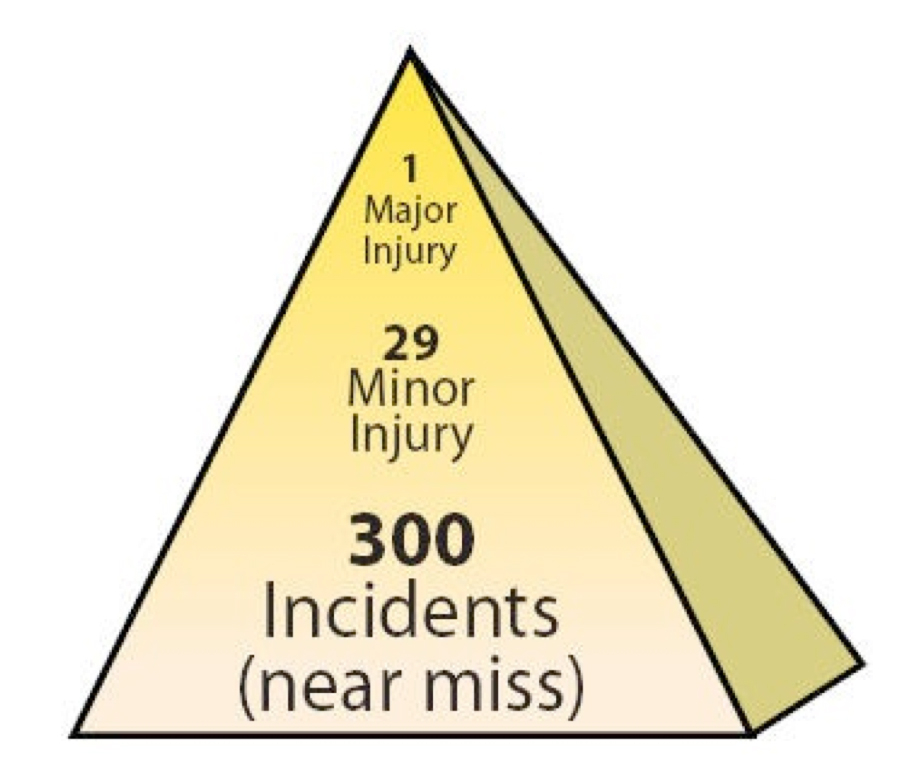How do you capture safety data?
After a safety incident has occurred, safety data is captured through an investigation, root cause analysis or other documentation as required by OSHA, MSHA or other regulations. The safety data captured during these investigations is used to identify actions that will prevent re-occurrence. What about capturing safety data before incidents occur? Work permits, near-misses and project design reviews are a few ways to capture safety data and reduce the risk of an incident occurring.
Work permits that require the person doing the work and an operator to walk through the job site focusing on any safety concerns and actions that will be taken to reduce the risk can provide valuable safety data. These safety concerns and actions can be captured on the work permits and reviewed to reduce safety risk on future jobs. A few examples of safety concerns and actions taken from work permits:
- Difficult to reach and work overhead – build scaffolding platform
- Standing water in area where welding is planned – relocate welding equipment and leads away from water
- Other job in progress above work area, possible tools or parts falling. - stagger jobs and provide overhead protection
- Poor communication between hole watch and personnel in confined space – obtain radios
Near-miss safety data can help focus resources to improve unsafe designs, procedures, behaviors or job plans before an incident occurs. The safety pyramid developed by Mr. H.W. Heinrich in 1931 shows a large number of near-miss safety incidents are experienced for each minor injury and several minor injury incidents for one major injury.

The large volume requires all employees to help capture near-miss safety data. In order to keep employees willing to report near-miss incidents the data cannot be treated like other safety data. The normal incentive to reduce the number of safety incidents should not apply to near-miss data. If there is a relationship of trust between management and crafts personnel, then near-miss data can prove very valuable to a plant’s safety improvement program. Without a relationship of trust the quality of near-miss data is going to be questionable. Collecting and sorting the near-miss data to determine any patterns or common safety issues can help prioritize efforts to correct unsafe conditions.
Project reviews at the design stage should include maintenance, production and reliability representatives to help identify safety concerns before the project is built or installed. Access to equipment for maintenance, ability to isolate equipment, ability to lock out all power sources, and elimination of unnecessary difficult-to-reach locations are some of the details identified during project reviews. Identifying unsafe conditions before the project is built or installed can significantly improve safety.
When deciding how to capture safety data, consider work permit notes, near-miss data and project design reviews for data that can help reduce safety incidents.
© Life Cycle Engineering, Inc.

For More Information
843.744.7110 | info@LCE.com
